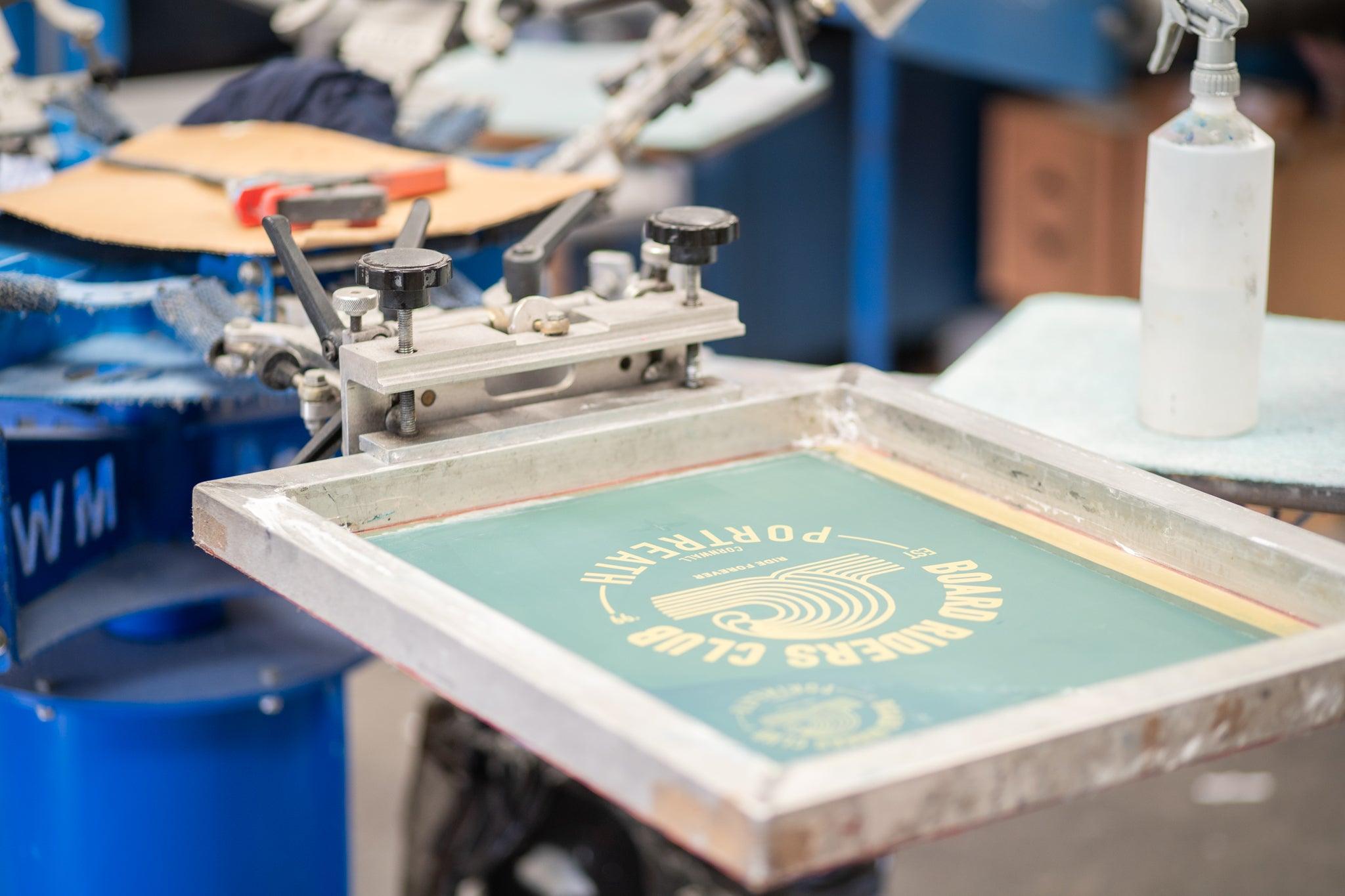Designing a Brand Logo: Essential Considerations and Common Mistakes
Introduction: A logo is the visual representation of your brand, serving as a crucial element in creating a strong and memorable identity. Designing an effective logo requires careful thought and consideration. In this blog, we'll guide you through the key considerations and common mistakes to avoid when creating a brand logo. From conceptualizing your logo to adjusting artwork and choosing colors, this comprehensive guide will serve as an invaluable starting point for anyone embarking on logo design.
Understanding Your Brand: To create a logo that accurately represents your brand, start by defining your brand's identity, values, and target audience. Consider the message you want your logo to convey and the emotions you want it to evoke. Research your competitors' logos to ensure yours stands out and reflects your unique brand positioning.
Conceptualizing Your Logo: Sketch out initial ideas and explore various concepts. Aim for a balance between simplicity and distinctiveness, creating a logo that is easily recognizable and memorable. Ensure scalability by designing a logo that looks great at different sizes, from large signage to small digital thumbnails.
Typography and Artwork: Choose typography that aligns with your brand's personality and ensure legibility and readability, even at smaller sizes. If incorporating artwork or icons, make sure they are relevant to your brand and enhance the overall message.
Color Selection: Select colors that reflect your brand's personality and evoke the desired emotions. Consider color psychology and the associations different colors may have. Create a color palette that complements your primary logo color and works harmoniously across various brand assets.
Versatility and Adaptability: Ensure your logo works well across different backgrounds and mediums. Create variations of your logo, such as horizontal and stacked versions, to accommodate different layout requirements. Test your logo in black and white to ensure it remains recognizable without color.
Avoiding Common Mistakes: Steer clear of trends that may quickly become outdated, instead opting for a timeless design. Avoid overly complex logos that may lose impact and clarity. Be cautious with the use of gradients and intricate details that may not reproduce well in different formats.
Seeking Feedback and Iteration: Share your logo concepts with a trusted group representing your target audience. Gather feedback and insights to refine and improve your design. Iterate and make adjustments based on the feedback received, striving for continuous improvement.
Legal Considerations: Research trademark availability to ensure your logo does not infringe on existing trademarks. Consult with legal professionals, if needed, to protect your logo through trademark registration.
Conclusion: Designing a brand logo requires a thoughtful and strategic approach. By considering your brand identity, conceptualizing effectively, choosing appropriate typography and colors, and avoiding common mistakes, you can create a logo that captures the essence of your brand and resonates with your target audience. Remember, a logo is an investment in your brand's visual identity, so it's worth dedicating time and effort to get it right.
As you embark on your logo design journey, keep in mind that it is a collaborative and iterative process. Seek feedback, adapt, and refine your design until you achieve a logo that not only represents your brand but also stands the test of time. With a well-designed and carefully crafted logo, you'll establish a strong brand presence and make a lasting impression in the minds of your audience.
Happy designing, and dont forget, we offer full design support so if all the above feels a bit daunting then contact us and we can help by adding our years of experience to sreamline the process for you.





